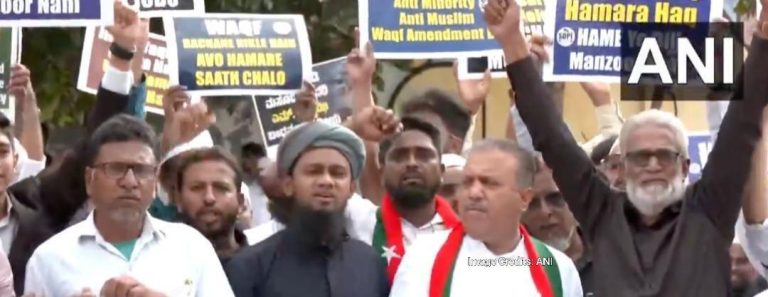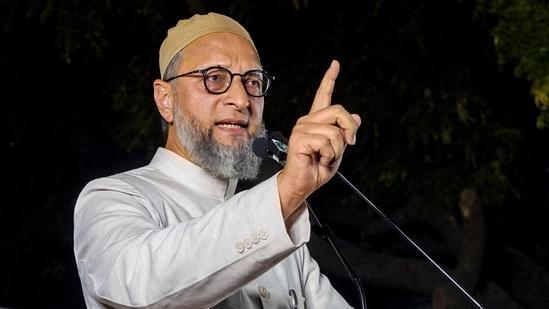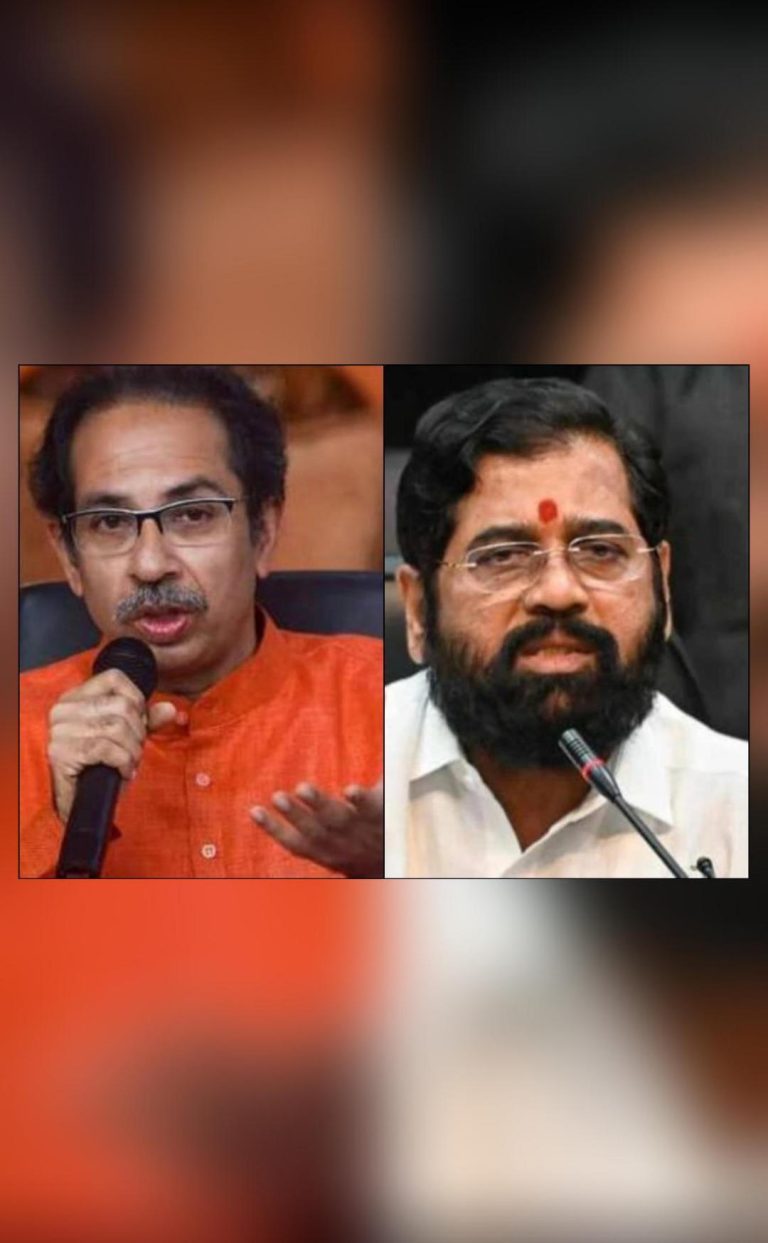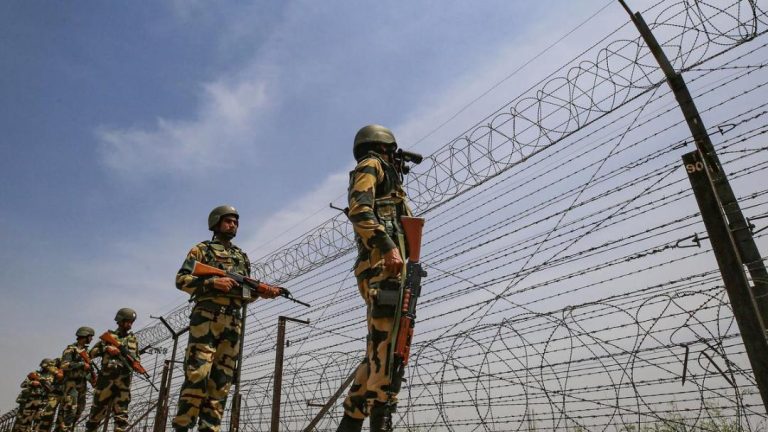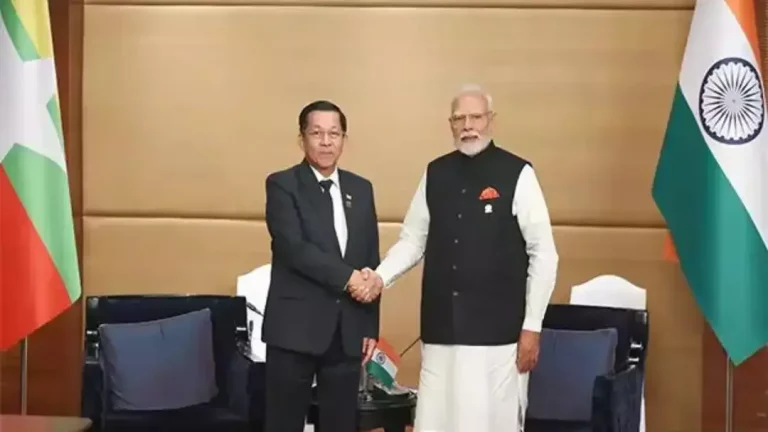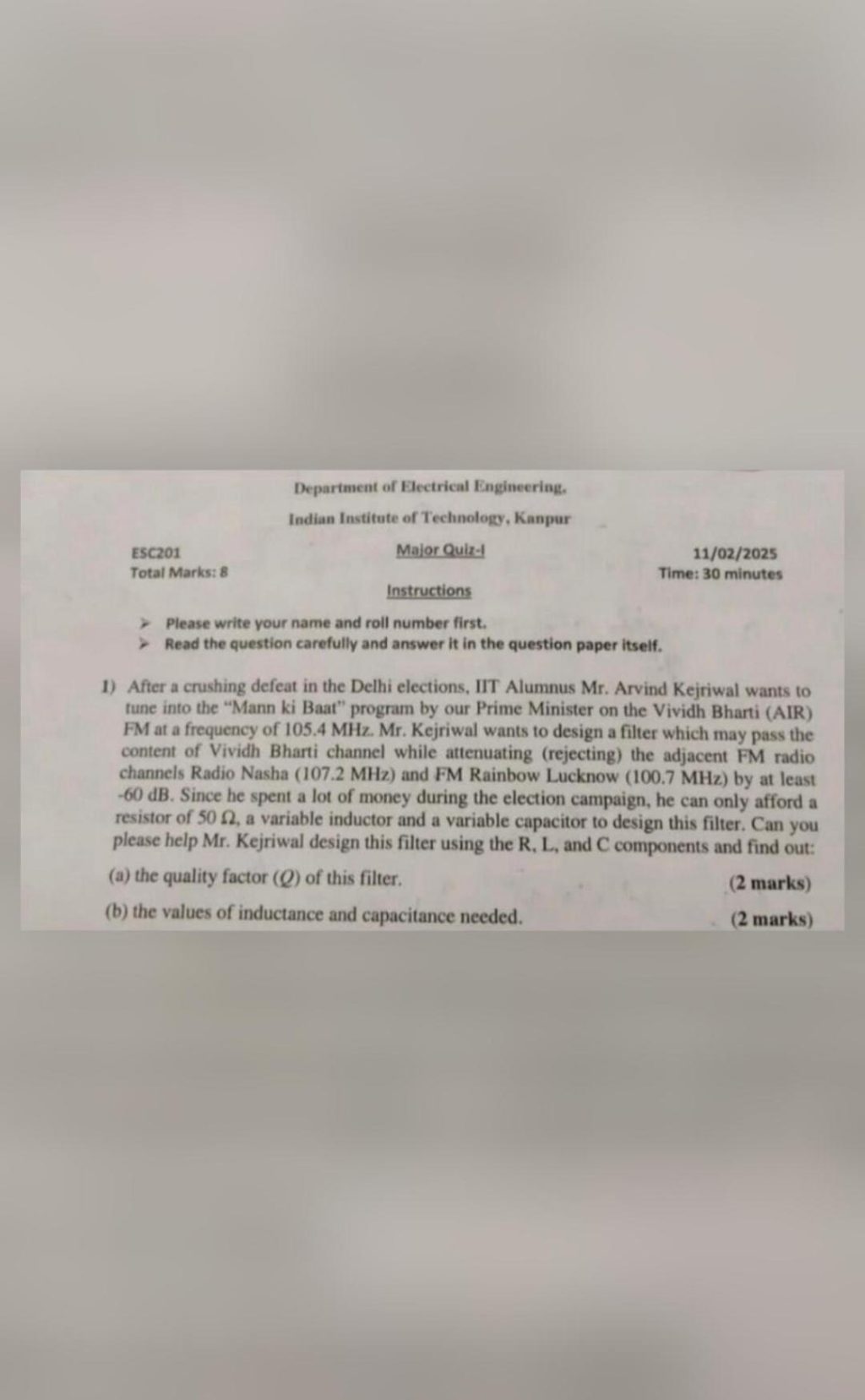
Wanted Exam to be More Engaging: IIT Kanpur on ‘Kejriwal & Mann Ki Baat’ Question
In a recent turn of events, a question paper from IIT Kanpur has gone viral, and for all the right reasons. The question, which asked students to design a filter for Arvind Kejriwal, the Chief Minister of Delhi, to help him listen to Prime Minister Narendra Modi’s ‘Mann Ki Baat’ radio address after the Delhi polls, has sparked a lot of curiosity and amusement among students and educators alike.
The question, which was reportedly part of the institute’s examination paper, has raised several questions about the creative approach taken by the professor who drafted the paper. While some have praised the professor’s innovative thinking, others have expressed concerns about the relevance and difficulty of the question.
In an effort to shed light on the matter, IIT Kanpur has come forward to confirm that the question was indeed part of their examination paper. In a statement, the institute revealed that the professor who drafted the paper, Dr. Sandeep Shukla, tends to use references to well-known personalities to make exam questions more engaging and thought-provoking.
According to Dr. Shukla, the question was designed to test the students’ understanding of signal processing and acoustic engineering, rather than their knowledge of politics or current events. The professor believes that using real-world scenarios and references to well-known figures can help students connect with the subject matter and make it more relatable.
While some may argue that the question is biased or irrelevant to the subject matter, others believe that it is a creative and effective way to engage students and encourage them to think outside the box. After all, who wouldn’t want to design a filter for Arvind Kejriwal to help him tune into ‘Mann Ki Baat’?
The question has also sparked a lot of debate about the role of technology in education. With the rapid advancement of technology and digital media, it is becoming increasingly important for educators to find innovative ways to engage students and make learning more accessible and enjoyable.
In this context, the ‘Kejriwal & Mann Ki Baat’ question can be seen as a bold experiment in using technology to make learning more engaging and interactive. By incorporating real-world scenarios and references to well-known figures, educators can help students connect with the subject matter and develop a deeper understanding of complex concepts.
Of course, not everyone is convinced that the question is a good idea. Some have expressed concerns about the potential bias and irrelevance of the question, as well as the difficulty of grading such an unconventional question.
However, it is worth noting that Dr. Shukla and his team have carefully designed the question to test specific skills and knowledge, rather than simply to entertain or provoke. The question is meant to challenge students’ understanding of signal processing and acoustic engineering, rather than their knowledge of politics or current events.
In conclusion, the ‘Kejriwal & Mann Ki Baat’ question from IIT Kanpur has sparked a lot of interest and debate about the role of technology in education. While some may argue that the question is biased or irrelevant, others believe that it is a creative and effective way to engage students and encourage them to think outside the box.
Ultimately, the success of this question will depend on how it is implemented and graded. If designed and evaluated carefully, this question could be a game-changer in the world of education, inspiring students to think creatively and develop a deeper understanding of complex concepts.
However, if not executed properly, this question could also prove to be a misstep, confusing or frustrating students and undermining the value of the course.
One thing is certain, though: the ‘Kejriwal & Mann Ki Baat’ question has sparked a lot of interest and debate, and it will be exciting to see how it plays out in the future.
